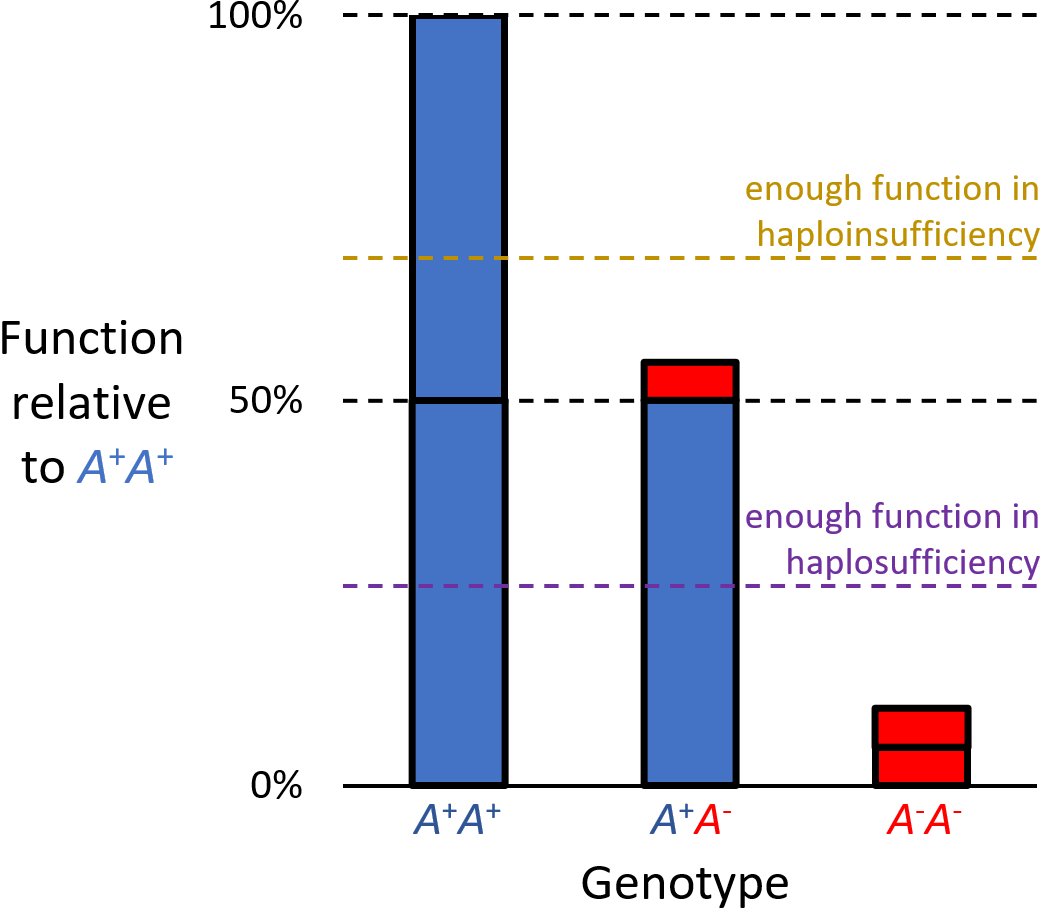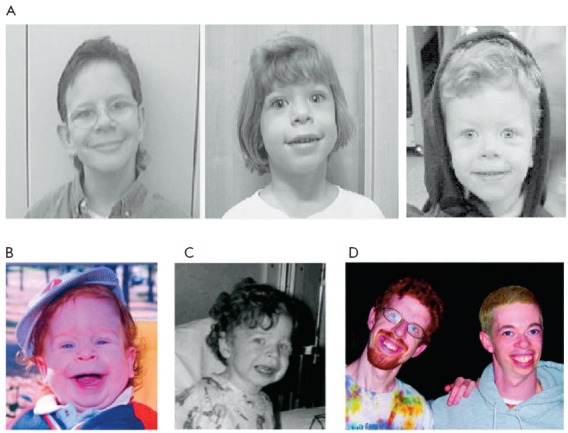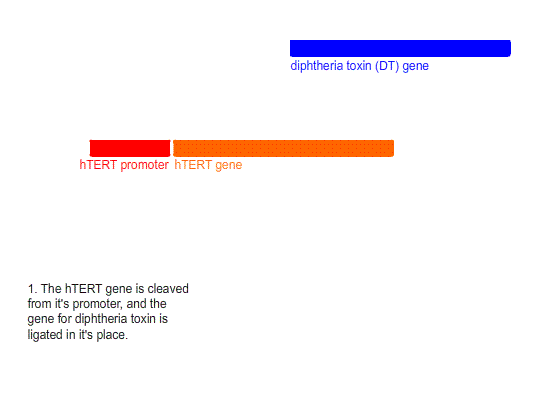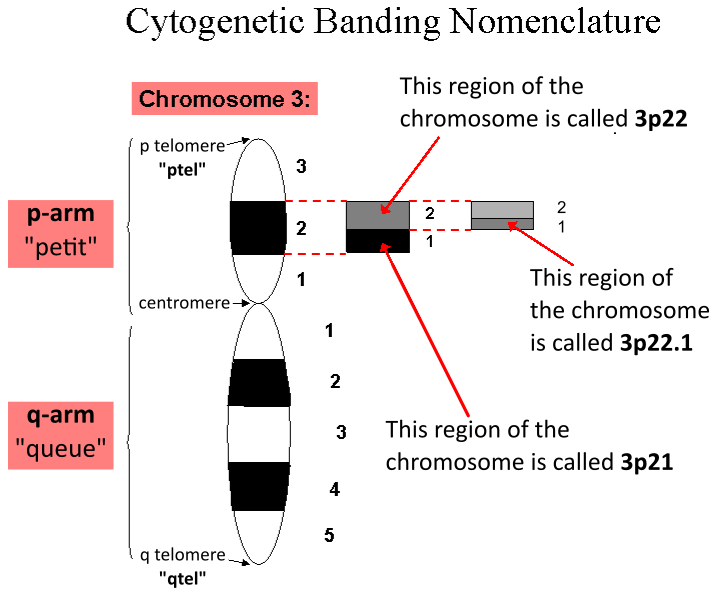|
Haploinsufficiency
Haploinsufficiency in genetics describes a model of dominant gene action in diploid organisms, in which a single copy of the wild-type allele at a locus in heterozygous combination with a variant allele is insufficient to produce the wild-type phenotype. Haploinsufficiency may arise from a ''de novo'' or inherited loss-of-function mutation in the variant allele, such that it yields little or no gene product (often a protein). Although the other, standard allele still produces the standard amount of product, the total product is insufficient to produce the standard phenotype. This heterozygous genotype may result in a non- or sub-standard, deleterious, and (or) disease phenotype. Haploinsufficiency is the standard explanation for dominant deleterious alleles. In the alternative case of haplosufficiency, the loss-of-function allele behaves as above, but the single standard allele in the heterozygous genotype produces sufficient gene product to produce the same, standard phenotyp ... [...More Info...] [...Related Items...] OR: [Wikipedia] [Google] [Baidu] |
Heterozygous
Zygosity (the noun, zygote, is from the Greek "yoked," from "yoke") () is the degree to which both copies of a chromosome or gene have the same genetic sequence. In other words, it is the degree of similarity of the alleles in an organism. Most eukaryotes have two matching sets of chromosomes; that is, they are diploid. Diploid organisms have the same locus (genetics), loci on each of their two sets of homologous chromosomes except that the sequences at these loci may differ between the two chromosomes in a matching pair and that a few chromosomes may be mismatched as part of a chromosomal Sex-determination system#Chromosomal determination, sex-determination system. If both alleles of a diploid organism are the same, the organism is #Homozygous, homozygous at that locus. If they are different, the organism is #Heterozygous, heterozygous at that locus. If one allele is missing, it is #Hemizygous, hemizygous, and, if both alleles are missing, it is #Nullizygous, nullizygous. The ... [...More Info...] [...Related Items...] OR: [Wikipedia] [Google] [Baidu] |
PRPF31
PRP31 pre-mRNA processing factor 31 homolog (S. cerevisiae), also known as PRPF31, is a protein which in humans is encoded by the ''PRPF31'' gene. Function PRPF31 is the gene coding for the splicing factor hPRP31. It is essential for the formation of the spliceosome hPRP31 is associated with the U4/ U6 di-snRNP and interacts with another splicing factor, h PRP6, to form the U4/U6- U5 tri-snRNP. It has been shown that when hPRP31 is knocked down by RNAi, U4/U6 di-snRNPs accumulate in the Cajal bodies and the U4/U6-U5 tri-snRNP cannot form. PRPF31 is recruited to introns following the attachment of U4 and U6 RNAs and the 15.5K protein NHP2L1. The addition of PRPF31 is crucial for the transition of the spliceosomal complex to the activated state. Clinical significance A mutation in PRPF31 is one of 4 known mutations in splicing factors which are known to cause retinitis pigmentosa. The first mutation in PRPF31 was discovered by Vithana et al. in 2001. Retinitis pigmentosa ... [...More Info...] [...Related Items...] OR: [Wikipedia] [Google] [Baidu] |
Loss-of-function Mutation
In biology, a mutation is an alteration in the nucleic acid sequence of the genome of an organism, virus, or extrachromosomal DNA. Viral genomes contain either DNA or RNA. Mutations result from errors during DNA or viral replication, mitosis, or meiosis or other types of damage to DNA (such as pyrimidine dimers caused by exposure to ultraviolet radiation), which then may undergo error-prone repair (especially microhomology-mediated end joining), cause an error during other forms of repair, or cause an error during replication ( translesion synthesis). Mutations may also result from substitution, insertion or deletion of segments of DNA due to mobile genetic elements. Mutations may or may not produce detectable changes in the observable characteristics (phenotype) of an organism. Mutations play a part in both normal and abnormal biological processes including: evolution, cancer, and the development of the immune system, including junctional diversity. Mutation is the ult ... [...More Info...] [...Related Items...] OR: [Wikipedia] [Google] [Baidu] |
Williams Syndrome
Williams syndrome (WS), also Williams–Beuren syndrome (WBS), is a genetic disorder that affects many parts of the body. Facial features frequently include a broad forehead, underdeveloped chin, short nose, and full cheeks. Mild to moderate intellectual disability is observed, particularly challenges with visual spatial tasks such as drawing. Verbal skills are relatively unaffected. Many people have an outgoing personality, a happy disposition, an openness to engaging with other people, increased empathy and decreased aggression. Medical issues with teeth, heart problems (especially supravalvular aortic stenosis), and periods of hypercalcemia, high blood calcium are common. Williams syndrome is caused by a genetic abnormality, specifically a Deletion (genetics), deletion of about 27 genes from the long arm of one of the two chromosome 7s. Typically, this occurs as a random event during the formation of the egg or sperm from which a person develops. In a small number of cases, i ... [...More Info...] [...Related Items...] OR: [Wikipedia] [Google] [Baidu] |
Telomerase Reverse Transcriptase
Telomerase reverse transcriptase (abbreviated to TERT, or hTERT in humans) is a catalytic subunit of the enzyme telomerase, which, together with the telomerase RNA component (TERC), comprises the most important unit of the telomerase complex. Telomerases are part of a distinct subgroup of RNA-dependent polymerases. Telomerase lengthens telomeres in DNA strands, thereby allowing senescent cells that would otherwise become postmitotic and undergo apoptosis to exceed the Hayflick limit and become potentially immortal, as is often the case with cancerous cells. To be specific, TERT is responsible for catalyzing the addition of nucleotides in a TTAGGG sequence to the ends of a chromosome's telomeres. This addition of repetitive DNA sequences prevents degradation of the chromosomal ends following multiple rounds of replication. hTERT absence (usually as a result of a chromosomal mutation) is associated with the disorder Cri du chat. Function Telomerase is a ribonucleopr ... [...More Info...] [...Related Items...] OR: [Wikipedia] [Google] [Baidu] |
Locus (genetics)
In genetics, a locus (: loci) is a specific, fixed position on a chromosome where a particular gene or genetic marker is located. Each chromosome carries many genes, with each gene occupying a different position or locus; in humans, the total number of Human genome#Coding sequences (protein-coding genes), protein-coding genes in a complete haploid set of 23 chromosomes is estimated at 19,000–20,000. Genes may possess multiple variants known as alleles, and an allele may also be said to reside at a particular locus. Diploid and polyploid cells whose chromosomes have the same allele at a given locus are called homozygote, homozygous with respect to that locus, while those that have different alleles at a given locus are called heterozygote, heterozygous. The ordered list of loci known for a particular genome is called a gene map. Gene mapping is the process of determining the specific locus or loci responsible for producing a particular phenotype or biological trait. Association ma ... [...More Info...] [...Related Items...] OR: [Wikipedia] [Google] [Baidu] |
Null Mutation
A null allele is a nonfunctional allele (a variant of a gene) caused by a genetic mutation. Such mutations can cause a complete lack of production of the associated gene product or a product that does not function properly; in either case, the allele may be considered nonfunctional. A null allele cannot be distinguished from deletion of the entire locus solely from phenotypic observation. A mutant allele that produces no RNA transcript is called an RNA null (shown by Northern blotting or by DNA sequencing of a deletion allele), and one that produces no protein is called a protein null (shown by Western blotting). A genetic null or amorphic allele has the same phenotype when homozygous as when heterozygous with a deficiency that disrupts the locus in question. A genetic null allele may be both a protein null and an RNA null, but may also express normal levels of a gene product that is nonfunctional due to mutation. Null alleles can have lethal effects depending on the import ... [...More Info...] [...Related Items...] OR: [Wikipedia] [Google] [Baidu] |
Neuron (journal)
''Neuron'' is a biweekly peer-reviewed scientific journal published by Cell Press, an imprint of Elsevier. Established in 1988, it covers neuroscience and related biological processes. The current editor-in-chief An editor-in-chief (EIC), also known as lead editor or chief editor, is a publication's editorial leader who has final responsibility for its operations and policies. The editor-in-chief heads all departments of the organization and is held accoun ... is Mariela Zirlinger. The founding editors were Lily Jan, A. James Hudspeth, Louis Reichardt, Roger Nicoll, and Zach Hall. A past editor-in-chief was Katja Brose. Transcript and video available. Click on "Transcript" for text. * See alsoA Career in Science Editing: Katja BroseEditor in Chief, Neuron References Neuroscience journals Cell Press academic journals Academic journals established in 1988 English-language journals Biweekly journals {{neuroscience-journal-stub ... [...More Info...] [...Related Items...] OR: [Wikipedia] [Google] [Baidu] |
Aortic Stenosis
Aortic stenosis (AS or AoS) is the narrowing of the exit of the left ventricle of the heart (where the aorta begins), such that problems result. It may occur at the aortic valve as well as above and below this level. It typically gets worse over time. Symptoms often come on gradually with a decreased ability to exercise often occurring first. If heart failure, loss of consciousness, or heart related chest pain occur due to AS the outcomes are worse. Loss of consciousness typically occurs with standing or exercising. Signs of heart failure include shortness of breath especially when lying down, at night, or with exercise, and swelling of the legs. Thickening of the valve without causing obstruction is known as aortic sclerosis. Causes include being born with a bicuspid aortic valve, and rheumatic fever; a normal valve may also harden over the decades due to calcification. A bicuspid aortic valve affects about one to two percent of the population. As of 2014 rheumatic heart ... [...More Info...] [...Related Items...] OR: [Wikipedia] [Google] [Baidu] |
ELN (gene)
Elastin is a protein encoded by the ''ELN'' gene in humans and several other animals. Elastin is a key component in the extracellular matrix of gnathostomes (jawed vertebrates). It is highly elastic and present in connective tissue of the body to resume its shape after stretching or contracting. Elastin helps skin return to its original position whence poked or pinched. Elastin is also in important load-bearing tissue of vertebrates and used in places where storage of mechanical energy is required. Function The ''ELN'' gene encodes a protein that is one of the two components of elastic fibers. The encoded protein is rich in hydrophobic amino acids such as glycine and proline, which form mobile hydrophobic regions bounded by crosslinks between lysine residues. Multiple transcript variants encoding different isoforms have been found for this gene. Elastin's soluble precursor is tropoelastin. Mechanism of elastic recoil The characterization of disorder is consistent with an e ... [...More Info...] [...Related Items...] OR: [Wikipedia] [Google] [Baidu] |






